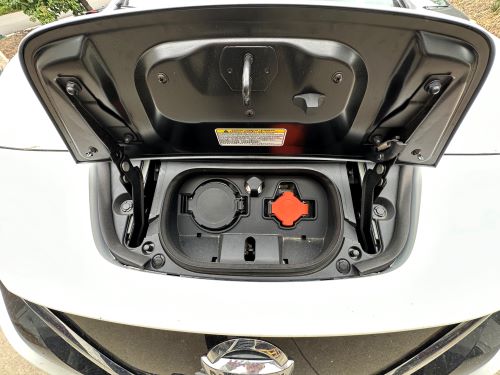When cold snaps hit hard every December, EV drivers feel the effects right away. Lower temperatures slow down battery chemistry, thicken essential fluids, and force your car to work much harder. The inevitable result is a noticeable drop in range, often right when you need it most. The good news? Adopting a few simple habits can make a dramatic difference. These data-backed tips will help you protect your EV’s winter range and keep you confident on icy roads.

Precondition the Battery Before You Leave
Preconditioning is the process of using the EV's climate control system to warm the battery to its optimal operating temperature (usually around 70 degrees) before driving. Preconditioning warms your battery to its optimal operating temperature. This essential step keeps your range steadier and dramatically improves fast-charging speeds if you plan to stop on the road. The most efficient way to do this is to schedule preconditioning while your EV is still plugged in. This draws energy directly from the grid, preventing energy loss from the main battery while giving you a warm cabin without draining your range.
Use Cabin Heat Wisely
Traditional cabin heat can be one of the biggest energy vampires for EV winter range. Start smart: rely on seat warmers and steering wheel heat first, as they use significantly less power than blasting the vents. Once the cabin is comfortable, lower the fan speed to maintain warmth with minimal power draw. Drivers in colder climates frequently report that these small, conscious adjustments can add several extra miles of usable range during a long day of errands.
Check Tire Pressure Regularly
Cold weather causes tire pressure to drop fast. Underinflated tires create greater rolling resistance, forcing your battery to work harder to move the vehicle. A simple pressure check during a cold snap can protect a surprising amount of range. If your EV has a built-in Tire Pressure Monitoring System (TPMS), use it proactively, don’t wait for an alert. Even a small drop of two or three PSI can significantly affect efficiency.
Use Route Planners That Account for Temperature
Many modern EV route planners now include thermal considerations. These tools can intelligently suggest charging stops where your battery will already be warm enough to accept faster rates, saving you time. This is especially useful on road trips where frigid conditions can severely slow down charging sessions. If your car doesn’t include this feature, third-party apps can help. Look for planners that show expected cold-weather consumption, not just distance.
Keep Your Charging Habits Flexible
Avoid letting your battery sit at very low charge levels in cold weather. Lithium-ion cells perform best when they are kept within a moderate charge range (e.g., above 20%). Topping up more often during a cold spell helps maintain consistent EV winter range and efficiency. Slow, overnight charging is usually the most cost-effective option and helps keep the battery temperature more stable.
EVs are perfectly capable of handling winter, but they thrive on a little extra attention during a cold snap. Preconditioning, smart cabin heat management, vigilant tire pressure checks, and temperature-aware route planning all work together to protect your maximum range. Adopting these small habits can remove the stress from winter driving and ensure you get the most from your EV every single December.
Interested in learning more about traffic safety?
Are you looking for defensive driving and traffic school courses? Do you want a discount on your auto insurance? Do you know a teen who’s ready to take an online driver education course?
Safe2Drive is here to help! We offer convenient online courses for drivers of any age! Visit our website today to learn about the online courses we offer in your state.